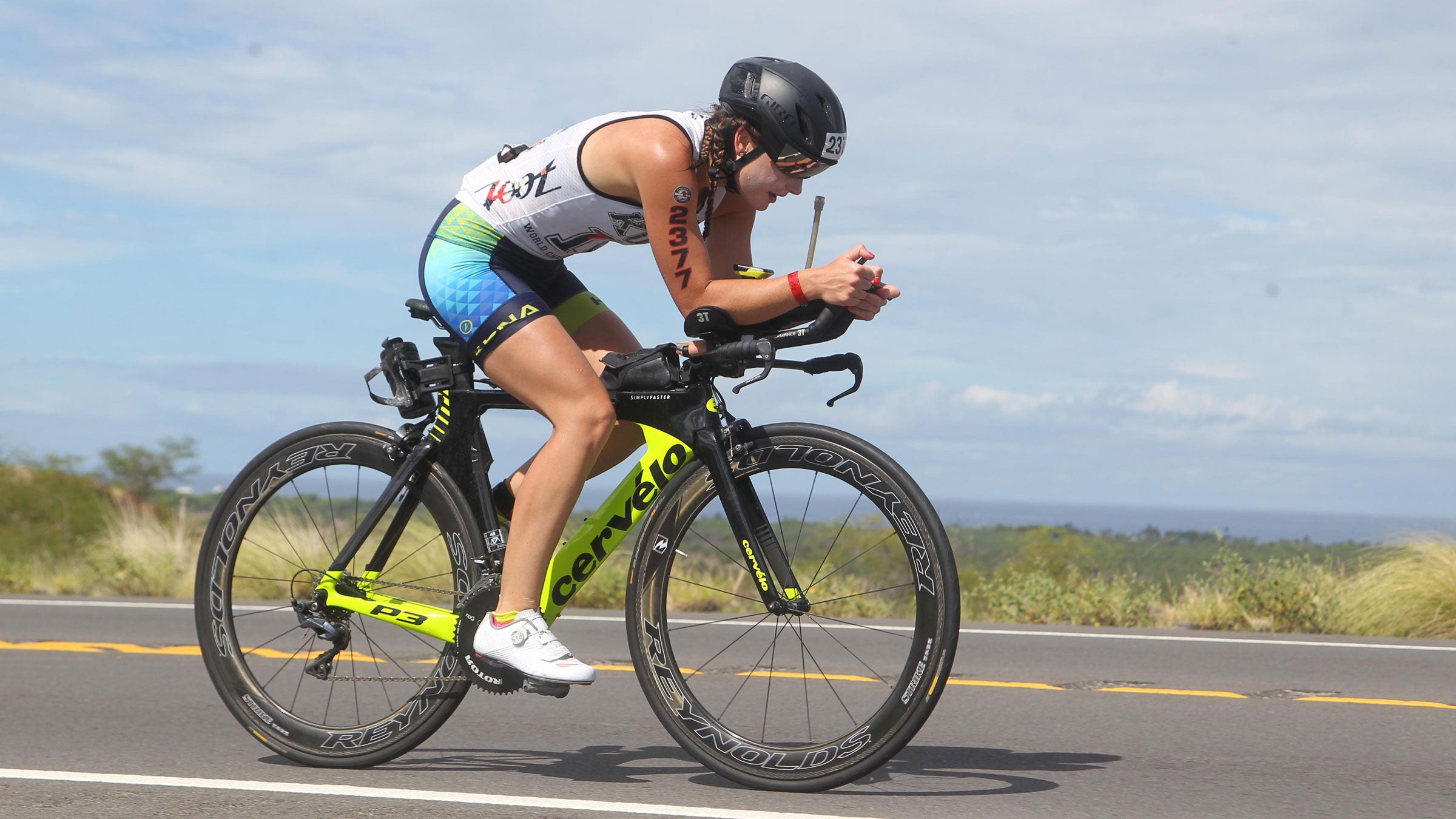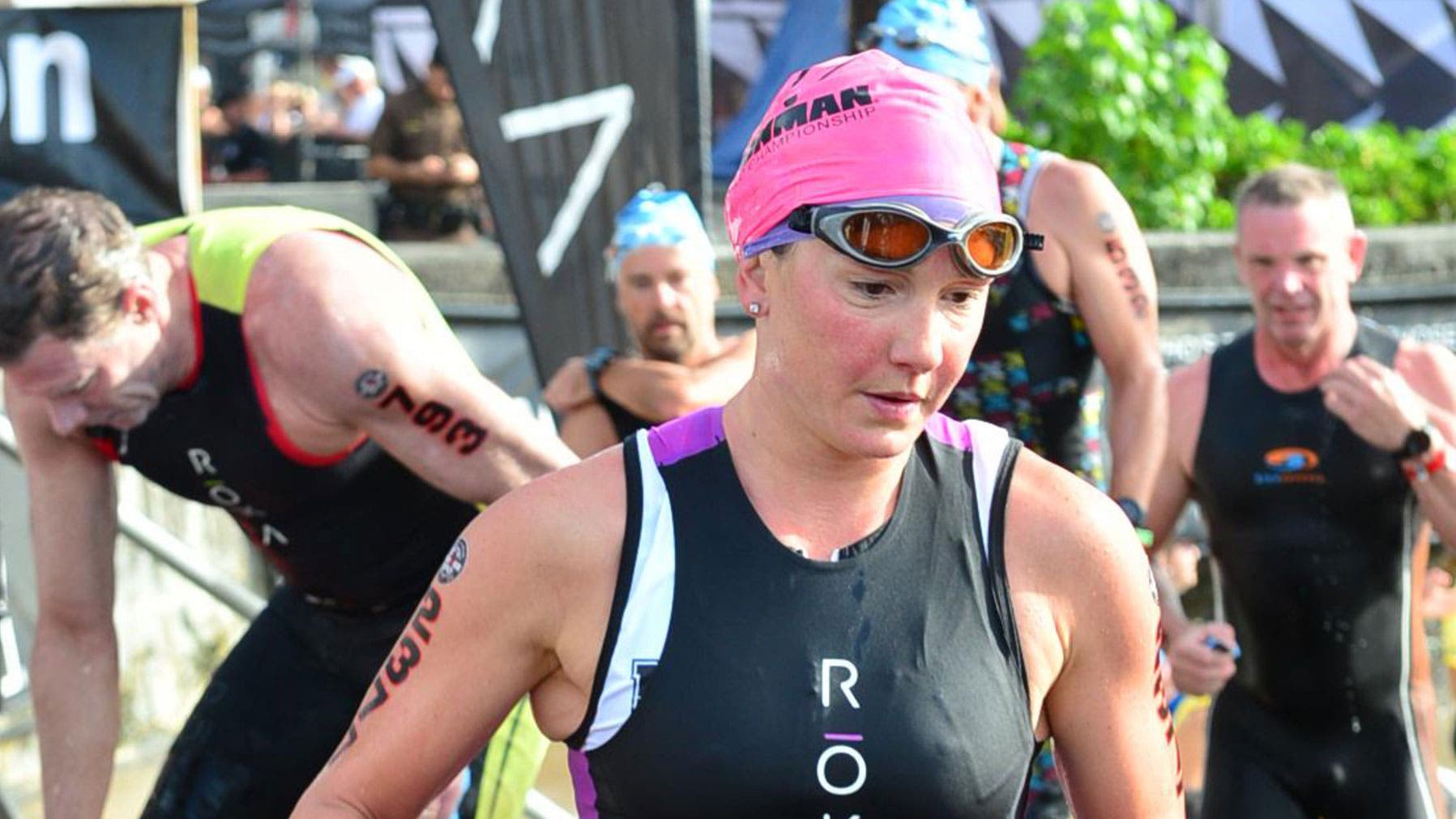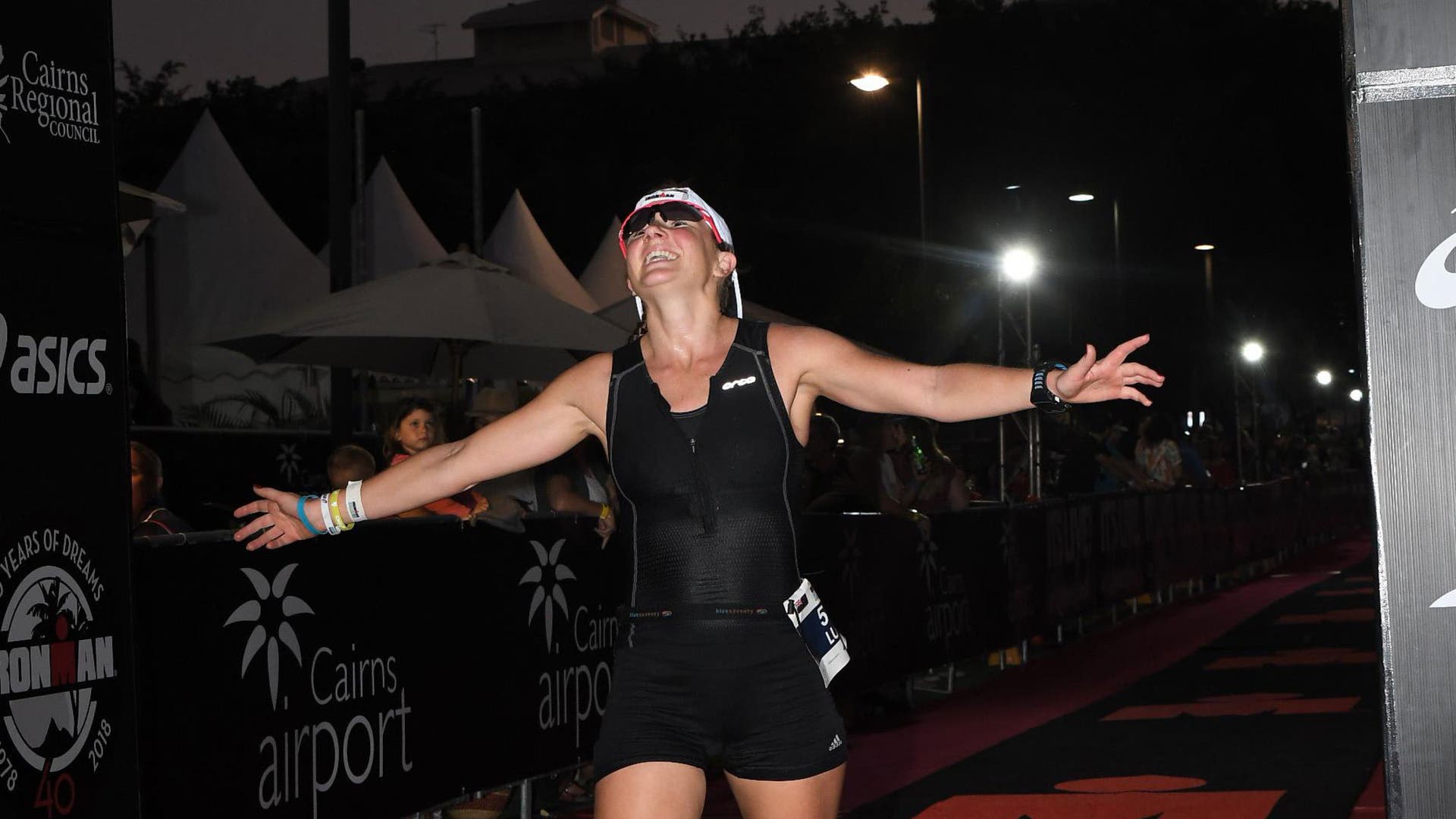Why Endurance Athletes Should Care About Their Mitochondria

As a former international elite rower and an international Ironman competitor and marathon runner, Lucy Strack is no stranger to a heavy training load. But when she signed on with coach Paul Cadman a year ago, “he was really ready to charge into it and push some new boundaries,” she says.
To counteract the stress Strack’s systems would be under, Cadman had her start taking MitoQ, a supplement that sends an extra dose of antioxidant support straight to your mitochondria.
“When you have to train hard day after day, week after week, you can’t afford to have a bad week because you haven’t recovered well enough—you need to make sure you can build on the cycles planned by your coach,” says Strack. “What I noticed pretty quickly was my ability to bounce back while significantly upping my training load and intensity. If you’re bouncing out of bed every day and ready to go smash another goal or take on that next challenge, the whole training cycle is so much more doable.”
For as much as athletes think about their heart, lungs, and muscles when it comes to strength, power, and endurance, they often overlook that much smaller player in the performance equation: their mitochondria.
“Mitochondria are tiny organelles inside your cells,” says David Hood, Ph.D., a professor and research chair in cell physiology at York University in Toronto, Canada. More specifically, they’re responsible for the majority of the chemical energy needed to power the cell’s biochemical reactions, according to the National Institutes of Health.
These “cellular powerhouses” are responsible for cell function, signaling and metabolism, regulating physical processes like hormone levels, and crucially, for giving our cells, organs, and tissues the energy they need to function. They do the latter by converting potential energy from food to adenosine triphosphate (ATP), the molecule that’s responsible for storing and releasing energy in the body. In the production of ATP, the mitochondria make damaging reactive oxygen species (ROS). As part of the energy production process, the mitochondria also make CoQ10, an antioxidant that helps to control ROS and support the mitochondria. Without this vital molecule, the cells can become damaged and the level of ATP that the mitochondria produce can drop. And ATP is what drives muscle contraction—a pretty important element of activity.

As your mitochondrial quantity increases, so does the quality of those mitochondria, according to research published in the Journal of Applied Physiology. The more—and healthier—mitochondria you have, “the more ATP and energy you’ll be able to produce aerobically,” says Hood. “When you rely more on aerobic energy production, you tend to produce less lactic acid, which allows your muscle contractions to be more efficient and leads to less fatigue—which leads to more endurance.”
Another endurance benefit: As you make more mitochondria, you also make more enzymes that break down fat, says Hood. A well-trained person uses more fat for their energy and less carbohydrates. “It takes a much longer time to deplete fat than your limited carbohydrate reserves, which means you can run or cycle or swim for much longer periods of time,” he explains. When they’re functioning well, healthy mitochondria can help you recover from intense workout loads faster in terms of regenerating energy supplies.
However as a natural part of the aging process, the important support offered by CoQ10 in the mitochondria can decline, something that high intensity exercise can also induce by proliferating ROS. These molecules, called reactive oxygen species (ROS) are highly reactive or damaging to your cells.
Like everything else in our bodies, our mitochondria can become less efficient as we age. With increasing age, levels of CoQ10 in the mitochondria can decline by about 10 percent with each passing decade. When your mitochondria don’t function properly, it means they aren’t producing enough energy for your body to function properly. You’ll likely experience fatigue and lethargy, workouts can feel way tougher than they should, and recovery can take longer.

“Some people think that the more ROS you generate, the more likely your muscles are to fatigue,” Hood explains. “But the more mitochondria there are, the faster you’re going to recover in terms of regenerating energy supplies for the next exercise bout.” For this to occur however, you want to ensure the mitochondria are functioning well and healthy, so they’re best able to deal with the ROS.
Fortunately, just by engaging in endurance exercise, you’re helping your body’s mitochondria. Getting a good night’s sleep can be a good place to start, too.
However even if you’re exercising, eating well and sleeping a good amount, the natural age-related decline of CoQ10 levels within mitochondria can still occur. This could explain why athletes like Strack are experiencing a difference from taking MitoQ.
To best support mitochondrial health, antioxidants need to be able to get inside mitochondria, to where the ROS are produced. However mitochondria have a tough outer membrane that lets very little pass through. MitoQ claims it has isolated the active component of CoQ10 and given it a positive charge that enables it to be sucked into the negatively-charged mitochondria. Research has found that this novel antioxidant is able to be absorbed by the mitochondria hundreds of times better than regular CoQ10 or its active form, ubiquinol, which are only effective at getting into the bloodstream.
For the past 20 years, studies on MitoQ have focused on benefits to ongoing health, but it is now undergoing clinical trials to research performance benefits. Anecdotal evidence has shown that, when paired with smart training, MitoQ helps the body to better-absorb intense training periods and recover more quickly, and a clinical trial released in 2020 by Ulster University, Sport and Exercise Sciences Research Institute found that MitoQ attenuates the damage that high-intensity exercise causes to mitochondrial DNA (mtDNA) in skeletal muscle.
When Strack started taking MitoQ, she was logging 50 kilometers in four or five days of running plus two bike rides (and a full-time job); now she’s up to 80K per week and able to bounce straight into the next week with just as much energy as she had the week prior. “Just knowing I’m improving every week and able to get those of Ks under my belt but still have that pop of energy is pretty mind-blowing,” she says.